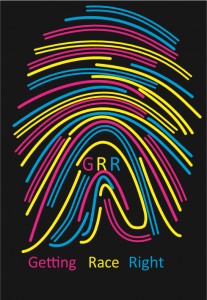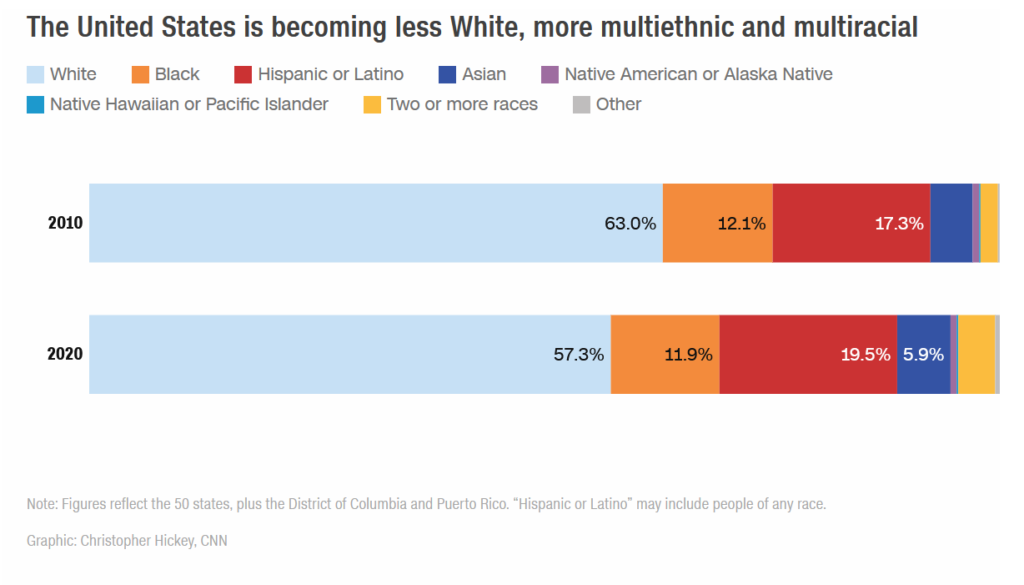
Profiles from my hometown:
- An 82-year-old Cambodian grandmother who fled with her family at the end of the U.S. war in Indochina and has now spent more than half her life in a place that still doesn’t feel like home.
- A 15-year-old of Mexican ancestry–one parent a U.S. citizen, the other not–who enrolls in Upward Bound so that he can become the first person in his family to attend college.
- An active, curious, African American boy who studies martial arts and takes organ lessons, enrolled in a Spanish immersion program at school and growing up bilingual.
- An Ojibwe mother of three who takes her daughters to pow wows around Michigan all summer long, connecting with other Native Americans and teaching her girls their traditions.
- A middle-aged man from Morocco whose first years in the U.S. were very difficult, but who now has a job, a wife, and a beautiful baby who makes him very proud.
The term “people of color” should never be used to suggest that everyone who belongs to an ethnic minority group, or everyone who isn’t White, are all basically alike. These five people from right here in Holland, Michigan, demonstrate that very clearly.
But they do all share one important thing: they live in a society in which not being White comes with some pretty significant disadvantages. Not being White, then, does provide people of color with one very important thing in common, in spite of their many other differences.
(There are quite a few “sticks” in the “race bundle.” Discrimination is just one of them. You can read more about that here.)
As in the section on The View from Above, I ask that you read this section with a curious mind, with honest self-reflection about your own experiences and a desire to practice empathy for those whose lives are different from your own. As you know, the U.S. is becoming more and more ethnically diverse, and it is incumbent upon all of us to learn as much as we can about others’ experiences and perspectives–for our own personal success as well as the success of the nation as a whole.


